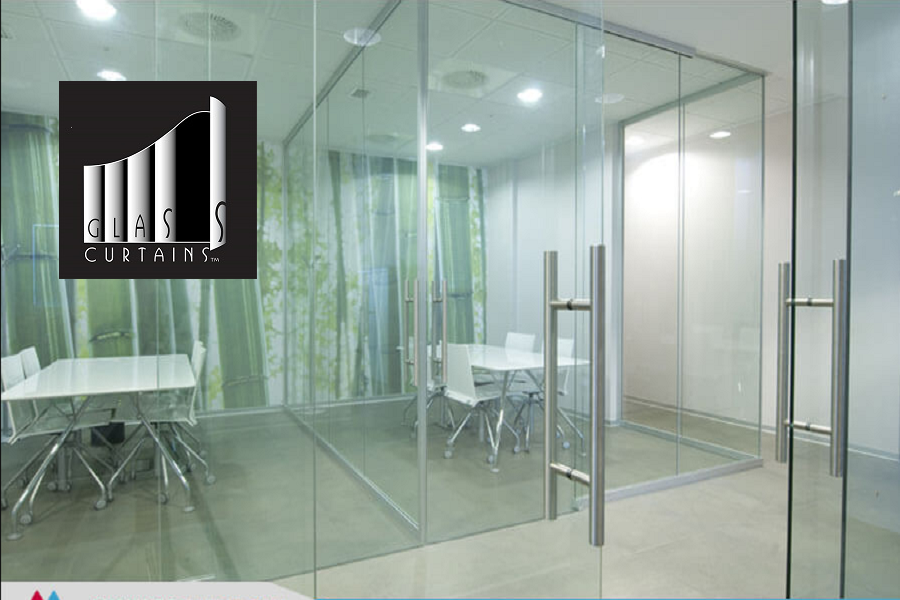Frameless Glass should choose
Frameless glass is an architectural and design marvel known for its sleek, modern aesthetic and functional versatility. Unlike traditional glass installations that rely on bulky frames for support, frameless glass uses minimal hardware, providing an unobstructed view and a seamless integration with its surroundings. binhduongnews.top sharing The materials typically used in the construction of frameless glass include tempered glass and laminated glass. Tempered glass is heat-treated to enhance its strength and safety, while laminated glass consists of multiple layers, ensuring durability and impact resistance.
Introduction to Frameless Glass: A Comprehensive Guide
The history of frameless glass from unit GlassCurtains dates back to the mid-20th century when advancements in glass manufacturing and treatment technologies made it possible to produce large, strong, and clear glass panels. One of the key milestones in the evolution of frameless glass was the development of tempered and laminated glass, which allowed for safer, more resilient installations. Over the decades, technological advancements such as improved glass bonding techniques and innovative support hardware have further popularized frameless glass in both residential and commercial applications.
Today, frameless glass comes in various forms, each serving a unique purpose. Frameless glass doors are a common choice for both interior and exterior applications, offering a modern, clean look while maximizing natural light. Frameless glass windows provide a panoramic view with minimal visual obstruction, enhancing the connection between indoor and outdoor spaces. Frameless shower enclosures are a popular feature in contemporary bathrooms, creating a spacious, open feel. Additionally, frameless glass partitions are widely used in office spaces to create an open-plan environment while maintaining privacy and sound control.
Understanding the different types of frameless glass and their respective applications is essential for appreciating their role in modern architecture and interior design. From enhancing aesthetics to improving functionality, frameless glass continues to be a preferred choice for designers and architects aiming to create elegant, innovative spaces.
Benefits and Applications of Frameless Glass
Frameless glass stands out for its remarkable aesthetic and functional benefits, making it a preferred choice in both residential and commercial settings. One of the primary advantages is its sleek, modern appearance, which enhances the visual appeal of any space. By eliminating bulky frames, frameless glass on page Glass Curtain creates a clean, unobstructed view that maximizes natural light and gives an impression of openness and spaciousness. This quality is particularly valuable in urban environments where space is often at a premium.
Functionally, frameless glass offers ease of maintenance. Its smooth surface is simple to clean, and the absence of frames means fewer crevices where dirt and grime can accumulate. Additionally, frameless glass is highly durable. Modern manufacturing techniques ensure that it is robust and resistant to impacts, scratches, and thermal stress. Safety features are also a significant consideration; tempered or laminated glass options provide added strength and shatter resistance, ensuring that even if the glass breaks, it does so in a manner that minimizes the risk of injury.
The applications of frameless glass are diverse and versatile. In residential settings, it is commonly used in bathrooms to create elegant shower enclosures that are both functional and visually appealing. Frameless glass balustrades and staircases enhance the contemporary style of homes while offering safety and structural integrity. Moreover, it is employed in creating seamless transitions between indoor and outdoor spaces, such as in sliding doors and large windows, which can transform a room by bringing in natural light and offering unobstructed views of the outdoors.
In commercial environments, frameless glass is often utilized in office partitions, conference rooms, and storefronts. It helps in creating open, collaborative spaces that foster communication and transparency while maintaining a professional and modern aesthetic. Real-world examples include corporate offices where glass partitions are used to separate workspaces without sacrificing the flow of natural light or the sense of openness. Similarly, retail stores use frameless glass to create inviting displays that attract customers by showcasing merchandise clearly and attractively.
Must-read article: Glass Curtains Myanmar should choose
Case studies illustrate the adaptability of frameless glass in various design projects. For instance, a luxury hotel might use frameless glass in its lobby and guest rooms to create a sophisticated atmosphere, while a modern home might integrate frameless glass balconies to enhance both safety and style. These examples underscore the versatility of frameless glass, making it an invaluable element in contemporary architectural and interior design.
